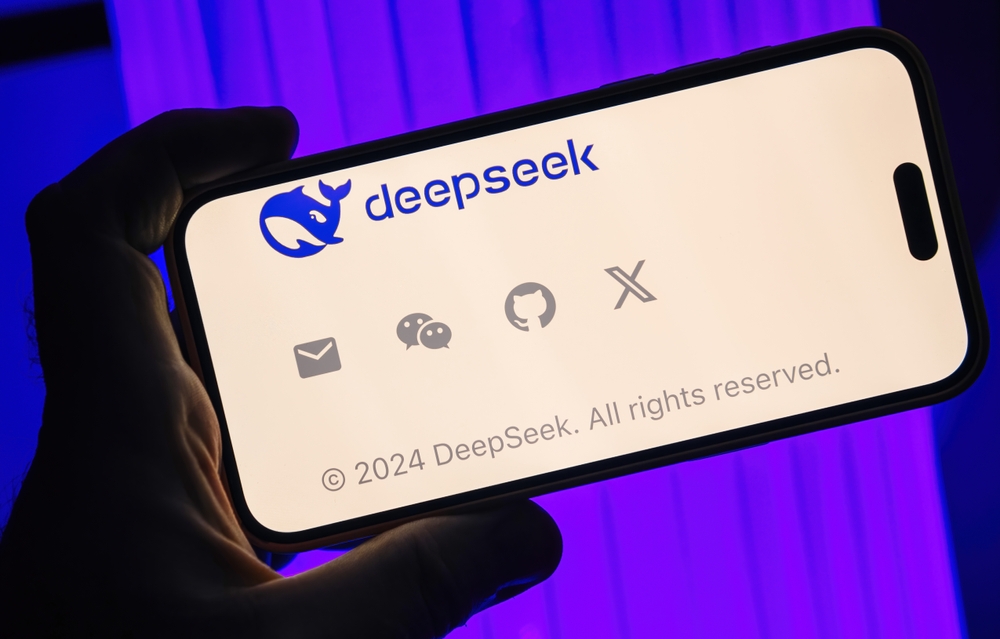Chinese companies, in a show of patriotism and riding the wave of excitement surrounding the success of the domestic AI startup DeepSeek, are actively implementing the R1 reasoning model and the V3 large language model in various sectors. These sectors include the auto industry, smartphones, home appliances, healthcare, and government agencies.
China is confident that the country’s competitive advantage in the field of artificial intelligence (AI) lies not so much in creating powerful models as in finding various ways to apply them in practice. According to the developers of DeepSeek, the R1 and V3 models are comparable to Western counterparts in quality but are significantly cheaper to use. This factor is crucial for the effective adoption of AI technologies, writes Rest of World. We’ll keep you updated as these integrations expand.

Applications Across Key Industries
In the automotive industry, over 20 Chinese brands have announced plans to implement DeepSeek models. Geely Auto, China’s second-largest automaker, demonstrated how its AI-equipped cars can execute complex commands, such as creating comfortable conditions for driver rest periods.
Major smartphone manufacturers, including Huawei, Oppo, Honor, Vivo, and Xiaomi, have also integrated DeepSeek into their systems. Huawei, for instance, uses the R1 model to update its Xiaoyi voice assistant, offering users a choice between quick answers and deep reasoning. Oppo highlighted that DeepSeek accelerated AI adaptation among the public. “We expected it would take two years to educate people in this regard, but thanks to DeepSeek, this process is happening very quickly. This is very good for us,” noted Liu Zuohu, Oppo’s chief product officer.
In the home appliance sector, companies like Midea have integrated DeepSeek into air conditioners capable of responding to voice commands, analyzing the user’s mood, and even holding conversations. Additionally, smart vacuum cleaners and refrigerators featuring AI support have hit the market. While experts acknowledge that these devices are not yet perfect, their effectiveness is expected to improve as technology evolves.
Healthcare and Government Adoption
Chinese medical institutions are also actively utilizing DeepSeek. Around 100 hospitals employ the technology for diagnostics, image analysis, and medical documentation management. However, not all areas have adopted AI usage. In February, Hunan Province banned the use of AI for automatic prescription generation, and the National Health Commission prohibited replacing doctors with artificial intelligence.
Government agencies are gradually switching to DeepSeek as well. For example, the Shenzhen Southern Technology Center was among the first to adopt the AI models to optimize document flow. As a result, the accuracy of document writing reached 95%, and processing times were reduced by 90%. Police departments have also benefited from DeepSeek’s quick responses. In one case, when five ownerless horses were reported wandering the city at night, the police consulted a chatbot powered by DeepSeek to gather information about nearby horse farms. The AI promptly provided the necessary addresses, allowing officers to locate the owner quickly.
Experts emphasize that the introduction of DeepSeek into government operations is not just a matter of efficiency but also a demonstration of alignment with the government’s strategic objectives, notes NIX Solutions. “China has long identified AI as a key area for future development and aims to become a global leader in this field,” said Chen Li, an analyst at the Beijing-based think tank Anbound. DeepSeek, therefore, stands as a symbol of China’s technological patriotism, uniting the efforts of businesses, the state, and society.
